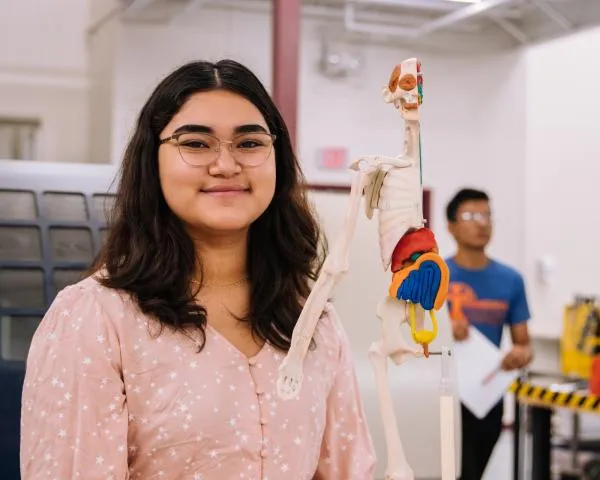Identity: The extent to which individuals see themselves and feel comfortable in STEM.

If young people don't see themselves in STEM - or don’t see being good at STEM as a possibility - there is little chance they will be motivated to explore it. We need to broaden the ways we talk about, teach, and understand STEM to show young people the relevant and practical ways STEM skills are relevant in their everyday lives. We need to tell stories and celebrate the diversity of people who work and succeed in STEM, including women and people of color.
Fast facts
STEM in everyday life
Difference between elementary and middle grades
There are notable differences in STEM identity between students in 4th and 8th grades, ranging from 7 to 16 percentage points across components of STEM identity. We all have a role to play in boosting and maintaining students’ commitment to development and sense of belonging in STEM.